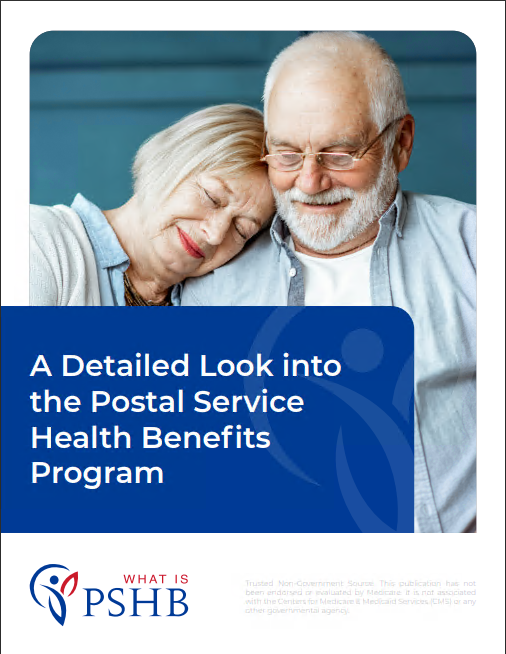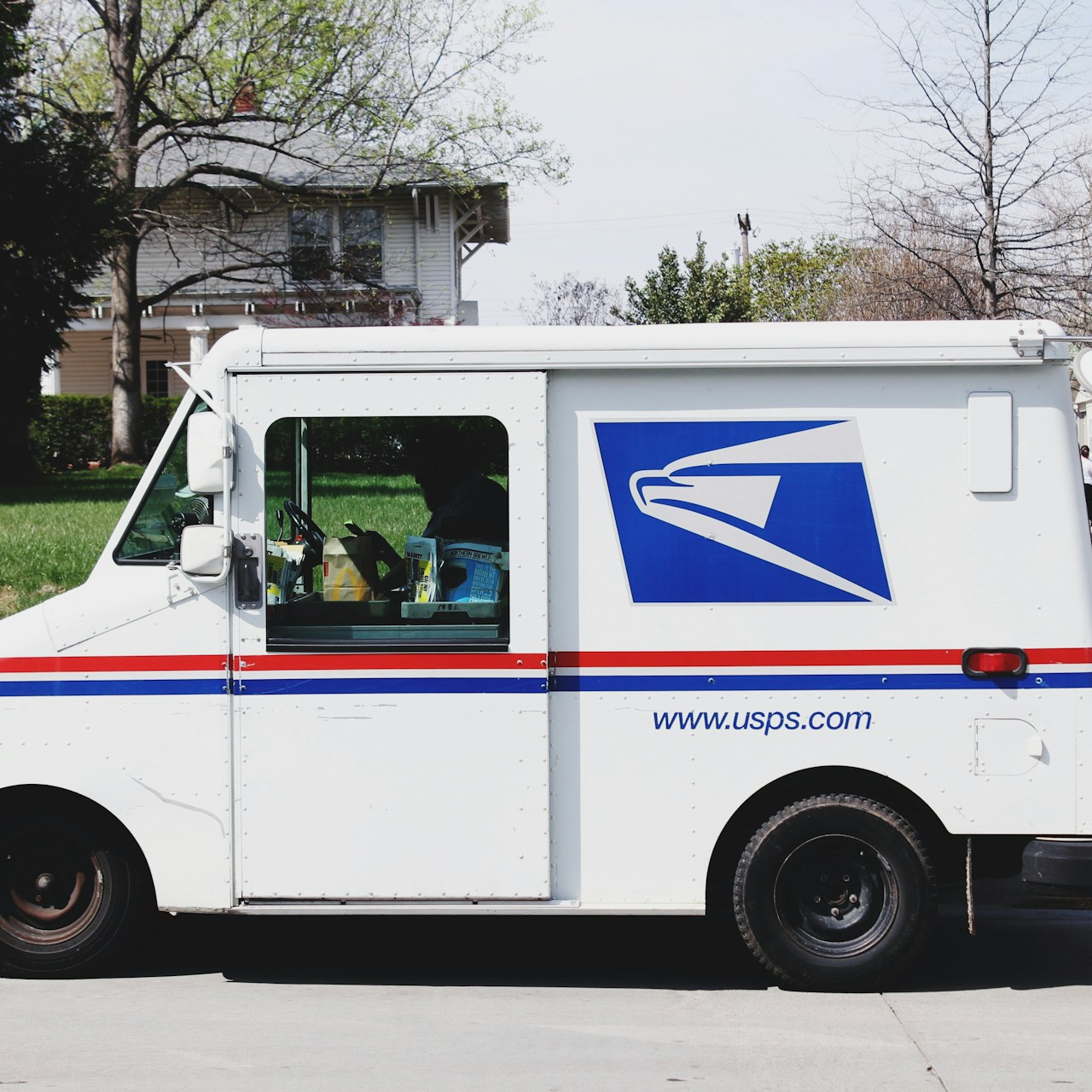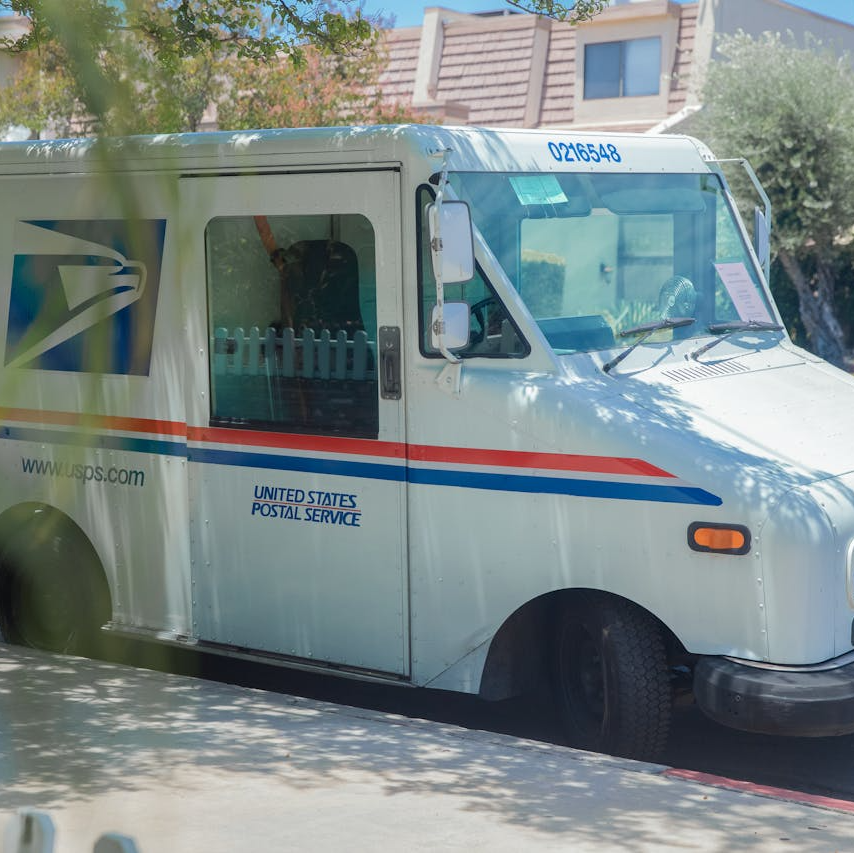Key Takeaways
- In 2025, postal workers will experience changes in their health benefit costs, influenced by the introduction of the Postal Service Health Benefits (PSHB) program.
- Understanding the evolving costs and options under PSHB will be crucial for postal workers as they navigate their health insurance choices in the coming years.
Breaking Down Health Benefit Costs for Postal Workers in 2025
As 2025 approaches, postal workers in the United States face significant shifts in their health benefit costs, largely due to the rollout of the Postal Service Health Benefits (PSHB) program. This new initiative, set to begin in January 2025, represents a pivotal change in how postal workers will receive and pay for their health insurance. Understanding these changes is essential for workers who want to make informed decisions about their coverage.
What is the Postal Service Health Benefits (PSHB) Program?
The Postal Service Health Benefits (PSHB) program is a new health insurance plan designed specifically for postal workers. Established under the Postal Service Reform Act of 2022, the PSHB will operate independently of the Federal Employees Health Benefits (FEHB) program, which has traditionally provided health insurance to federal employees, including postal workers. The transition to PSHB is a significant shift aimed at addressing the unique needs and financial constraints of the United States Postal Service (USPS) and its employees.
Beginning in January 2025, all active postal workers and retirees will be required to enroll in a PSHB plan. This program is expected to offer a range of health insurance options similar to those currently available under the FEHB but tailored to the specific circumstances of postal workers. The goal of the PSHB program is to provide sustainable, high-quality health coverage while also helping the USPS reduce its financial liabilities.
How Will Health Benefit Costs Change in 2025?
One of the most critical aspects of the transition to the PSHB program is the impact on health benefit costs for postal workers. These costs include premiums, deductibles, copayments, and out-of-pocket expenses. While specific details about the cost structure of PSHB plans are still being finalized, there are several key factors that postal workers should consider as they prepare for the change.
Premiums Under the PSHB Program
The PSHB program is expected to offer a range of plan options, each with its own premium structure. Generally, premiums are likely to vary based on the level of coverage selected, with more comprehensive plans commanding higher premiums. For most postal workers, premiums under the PSHB are expected to be competitive with those currently available under the FEHB, although there may be some variation based on factors such as geographic location and plan type.
However, one significant change under the PSHB program is the anticipated introduction of different premium rates for postal workers and retirees. Retirees who are eligible for Medicare will likely see lower premiums, as PSHB plans will integrate with Medicare to reduce overall costs. On the other hand, active workers who are not yet eligible for Medicare may experience higher premiums, particularly if they opt for more comprehensive coverage.
Deductibles and Copayments: What to Expect
In addition to premiums, postal workers should also consider the potential impact of deductibles and copayments under the PSHB program. Deductibles, the amount workers must pay out-of-pocket before their insurance coverage kicks in, are likely to vary depending on the plan chosen. Plans with lower premiums may have higher deductibles, requiring workers to pay more upfront before their insurance covers medical expenses.
Copayments, or the fixed amounts paid for specific services such as doctor visits or prescription drugs, will also play a crucial role in determining overall health benefit costs. Under the PSHB program, copayment amounts are expected to be in line with current FEHB plans, but postal workers should carefully review these costs when selecting a plan.
Out-of-Pocket Maximums and Cost Protections
One of the key protections for postal workers under the PSHB program will be the out-of-pocket maximum, which limits the total amount workers have to pay for covered services in a given year. Once this maximum is reached, the insurance plan covers 100% of additional costs for the remainder of the year. The PSHB program is expected to maintain similar out-of-pocket maximums as the FEHB, providing a safeguard against catastrophic medical expenses.
Additionally, the PSHB program will likely include provisions for preventive care services, which are typically covered at no cost to the insured. These services can include annual physicals, vaccinations, and screenings, helping to reduce the overall cost burden on postal workers by encouraging early detection and treatment of health issues.
The Impact of Medicare Integration for Retirees
A significant aspect of the PSHB program is its integration with Medicare for eligible retirees. Starting in 2025, retirees who are enrolled in Medicare Part B will be required to enroll in a PSHB plan. This integration is designed to lower health benefit costs for retirees by coordinating benefits between Medicare and the PSHB plan.
Medicare Part B and PSHB: Lower Premiums for Retirees
For retirees, the integration with Medicare Part B is expected to result in lower premiums under the PSHB program. Because Medicare will cover a significant portion of healthcare costs, PSHB plans for retirees are likely to have reduced premiums compared to those for active postal workers. This change will be particularly beneficial for retirees on fixed incomes, as it will help to lower their overall healthcare expenses.
How Medicare Integration Affects Cost Sharing
The integration of Medicare with the PSHB program will also impact cost-sharing arrangements for retirees. With Medicare covering primary healthcare costs, the PSHB plan will act as secondary insurance, covering additional costs such as copayments, coinsurance, and deductibles. This arrangement is expected to reduce out-of-pocket expenses for retirees, making healthcare more affordable.
Retirees who do not enroll in Medicare Part B may face higher costs, as they will not be eligible for the same level of benefits under the PSHB program. It is crucial for retirees to understand these implications and make informed decisions about their Medicare enrollment to maximize their benefits under the PSHB program.
Preparing for the Transition: What Postal Workers Should Do Now
As the January 2025 deadline approaches, postal workers need to take proactive steps to prepare for the transition to the PSHB program. Understanding the changes in health benefit costs and coverage options will be essential for making informed decisions about their healthcare.
Review Current FEHB Coverage and Costs
The first step for postal workers is to review their current FEHB coverage and associated costs. By understanding their existing benefits, workers can better compare them to the options that will be available under the PSHB program. This comparison will help workers identify which PSHB plans offer the best value based on their individual health needs and financial circumstances.
Stay Informed About PSHB Plan Options
As more information about the PSHB program becomes available, postal workers should stay informed about the plan options and costs. This information will be crucial for selecting a plan that meets their needs without overextending their budget. Workers can access this information through USPS communications, the Office of Personnel Management (OPM), and other official sources.
Consider Medicare Enrollment for Retirees
For retirees, it is essential to consider the implications of Medicare enrollment on their PSHB coverage. Enrolling in Medicare Part B will be necessary to access the full benefits of the PSHB program, including lower premiums and reduced out-of-pocket costs. Retirees should carefully evaluate their Medicare options and enroll if they have not already done so.
Attend USPS-Sponsored Information Sessions
The USPS is expected to offer information sessions and resources to help postal workers understand the PSHB program and make informed decisions about their health insurance. Workers should take advantage of these opportunities to ask questions, gather information, and clarify any concerns about the transition.
Navigating the Future of Health Benefits
The transition to the Postal Service Health Benefits program in 2025 marks a significant change for postal workers, with important implications for their health benefit costs. By understanding the new program, reviewing current coverage, and staying informed about upcoming changes, postal workers can navigate this transition successfully and ensure they select the best plan for their needs.
For those seeking further guidance, official resources such as the Office of Personnel Management and USPS communications will provide detailed information as the transition date approaches. Additionally, connecting with licensed insurance agents can offer personalized assistance in understanding the new program and making the best choices for health coverage.
Contact Information:
Email: [email protected]
Phone: 2085555678










